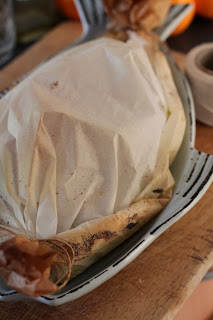 |
| Photographer: Spencer Tunick. Location: Sydney Opera House- Australia |
“A tavola non si invecchia”. - Italian proverb (At the table with good friends and family you do not become old).
Sharing authentic Italian recipes entrusted upon me through the privilege of being invited into many Italian homes and kitchen’s abroad. I travel, cook, eat, share, learn and photograph my experiences, a truly soul enriching journey. There are now over 100 recipes on this blog to search from. I am a Melbourne born girl who now resides in Pietrasanta, Italy. Sharing my love for food and all things Italian with you. I am not a professionally trained chef, just a person that really loves cooking and has made my passion my reality! Through talent and drive I now work as a private chef in some of the most prestigious private villa`s here in Tuscany, Italy!
Saturday, August 25, 2012
5,000 views today
Thursday, August 23, 2012
Crostata di marmellata (baked jam tart)
 |
| My sister Michelle enjoying a morning coffee in Venice, reflection of me in lens |
Tuesday, August 21, 2012
Carpaccio di manzo (raw beef carpaccio)
 |
| 200g beef eye fillet |
 |
| taking a rest in a door-way in Venice |
Sunday, August 19, 2012
Limoncello (lemon liquor)
Friday, August 17, 2012
Acini di pepe in brodo (pasta in broth)
 |
| In Verona, Italy during Winter |
Friday, August 10, 2012
Torta al arancia (Orange cake)
250g and two tablespoons of sugar
250g flour tipo 00
250g unsalted butter
six organic eggs
1/2 tablespoon baking powder
orange zest
four blood oranges sliced (or used the variety in season)
25g butter
Syrup:
juice of one orange
100g sugar
Thursday, August 9, 2012
pesce al cartoccio (fish baked in a 'bag')
Sunday, August 5, 2012
Panna cotta (cooked cream)
What you need:
600g organic light pouring cream (yes, I used light)
150g sugar
one vanilla pod
two gelatin sheets
7: I simply decorated with rosemary leaves
 |
| Gelatin sheets soaked in water |
Wednesday, August 1, 2012
Schiacciata alla Fiorentina (sweet bread from Florence)
 |
| About a matchbox size of fresh yeast 20g |
 |
| very elastic dough, final result |
500g tipo 00 flour
20g fresh yeast (purchase from bakery)
300g water
two organic eggs
pinch of salt
125g sugar
150g lard
zest of one orange
 |
| Symbol for Florence, use for stencil |
 |
| At the theatre in Florence- Teatro di Firenze |
































